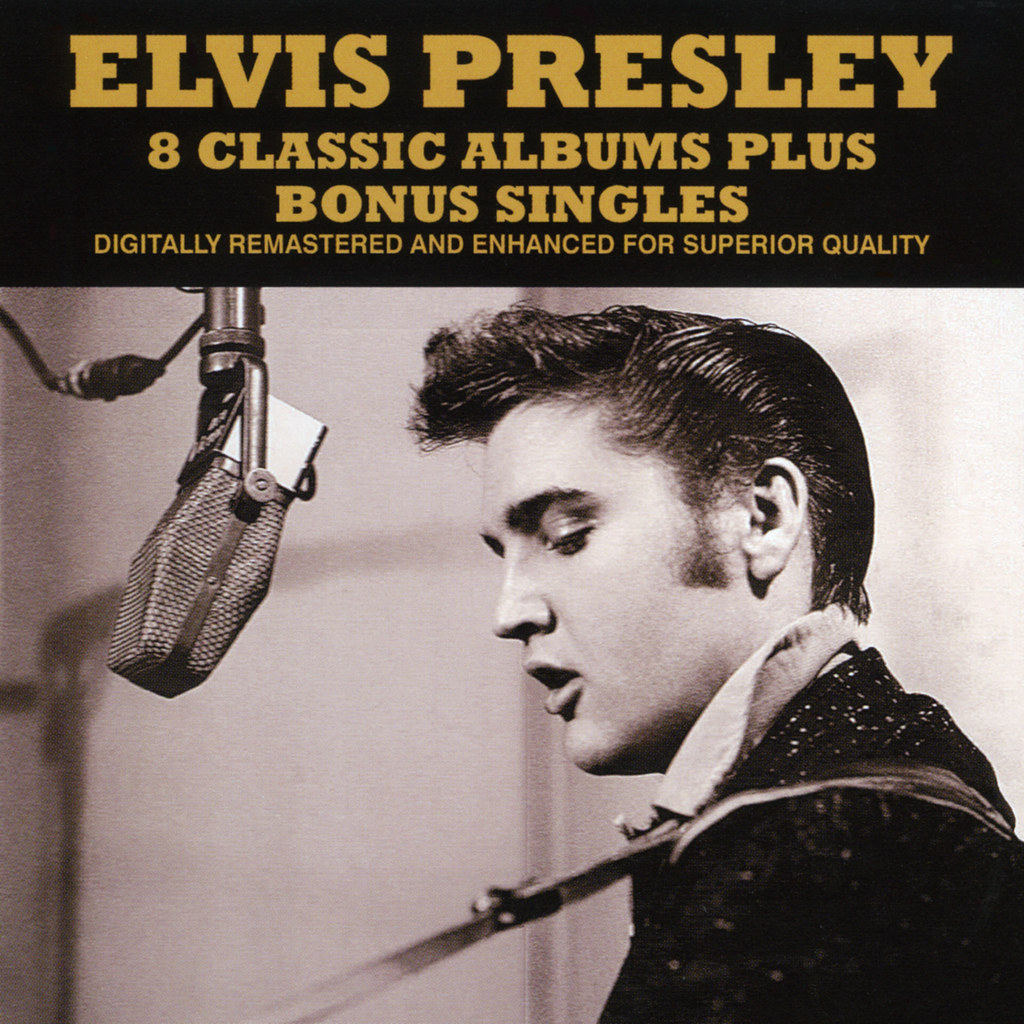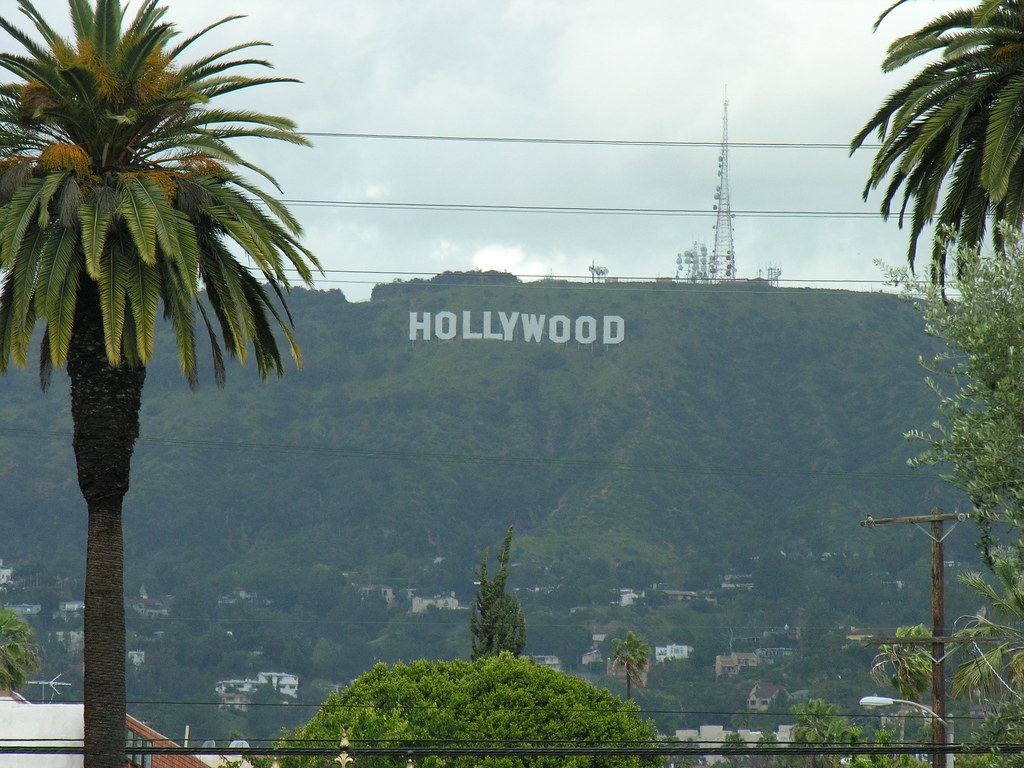
The mid-20th century in America was a time of intense political paranoia, where whispers of communism could shatter careers and rewrite lives. Nowhere was this more dramatically evident than in Hollywood, a dream factory suddenly plunged into a nightmarish reality known as the Hollywood Blacklist. This wasn’t merely a formal decree, but a sprawling, unverified network of individual studio decisions that effectively barred suspected Communists or their sympathizers from working in the United States entertainment industry, leaving an indelible mark on cinematic history and the lives of countless talented individuals.
From the late 1940s through the late 1950s, this pervasive ban quietly but devastatingly impacted actors, screenwriters, musicians, and, critically for our discussion today, directors. It wasn’t about legal statutes, but about fear, suspicion, and a chilling conformity enforced by powerful executives. Careers were ended, incomes vanished, and artistic freedom was stifled, all under the shadow of alleged Communist affiliations or a refusal to cooperate with Congressional or FBI investigations into the Communist Party USA (CPUSA).
Today, we’re pulling back the curtain on this dark chapter to spotlight 12 remarkable directors whose careers were inextricably caught in the blacklist’s unforgiving grasp. These are the stories of individuals who faced unimaginable pressures, made difficult choices, and, in many cases, continued to contribute to the art of filmmaking even as their names were erased from credits and their opportunities vanished. Join us as we uncover the extraordinary tales of these famous directors who were, in various forms, secretly banned from working in the very industry they helped define.

1. **Edward Dmytryk: The Director Who Faced a Choice**Edward Dmytryk, a name synonymous with powerful film noir and dramatic storytelling, found himself at the epicenter of the Hollywood Blacklist as one of the infamous ‘Hollywood Ten.’ As a left-wing director, he was among the first group subpoenaed by the House Un-American Activities Committee (HUAC) in late September 1947. Their refusal to answer questions about alleged Communist affiliations, citing First Amendment rights, led to a contempt of Congress citation and criminal charges that would dramatically alter their lives and careers.
Initially defiant, Dmytryk, along with the other nine, was suspended without pay by studio executives following the Waldorf Statement on November 25, 1947. He faced a highly publicized trial and conviction, ultimately serving time in jail for contempt. For a director whose films like ‘Murder, My Sweet’ and ‘Crossfire’ had already garnered critical acclaim, this was a profound professional and personal crisis, forcing an agonizing decision.
In a dramatic turn of events, in September 1950, Dmytryk announced that he had indeed been a Communist and was willing to provide evidence against others. His cooperation with the HUAC in 1951, where he described his past Party membership and ‘named names,’ led to his early release from jail. This decision, while controversial, allowed his directorial career to recover, making him a complex figure whose actions underscore the immense pressure and difficult choices individuals faced under the blacklist’s shadow.
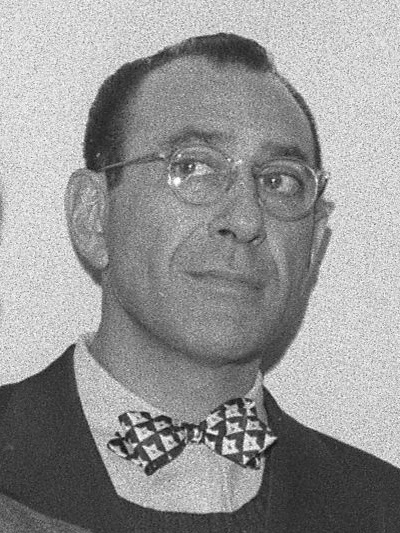
2. **Herbert Biberman: Directing Against the Current**Herbert Biberman, another esteemed director and screenwriter, stood shoulder-to-shoulder with Edward Dmytryk as a member of the ‘Hollywood Ten.’ Unlike Dmytryk, Biberman maintained his silence and refused to cooperate with the HUAC, steadfastly adhering to his principles. This defiance came at an immediate and severe cost, as he too was suspended without pay and subsequently faced criminal charges for contempt of Congress.
Biberman endured the full force of the legal and professional repercussions, serving a prison sentence alongside his fellow blacklistees. His unwavering stance exemplified the profound moral dilemmas of the era, where one’s political associations, real or perceived, could lead to professional ostracization and legal penalties. His commitment to free speech and association placed him firmly in opposition to the committee’s aims.
Despite being blacklisted and effectively barred from mainstream Hollywood, Biberman’s artistic spirit could not be entirely extinguished. After his release from prison, he famously directed ‘Salt of the Earth’ (1954), a groundbreaking film made outside the traditional studio system. Collaborating with other blacklisted professionals, this powerful movie chronicling a strike by Mexican-American mine workers was a testament to his resilience, even as it faced severe boycotts and distribution challenges upon its completion.
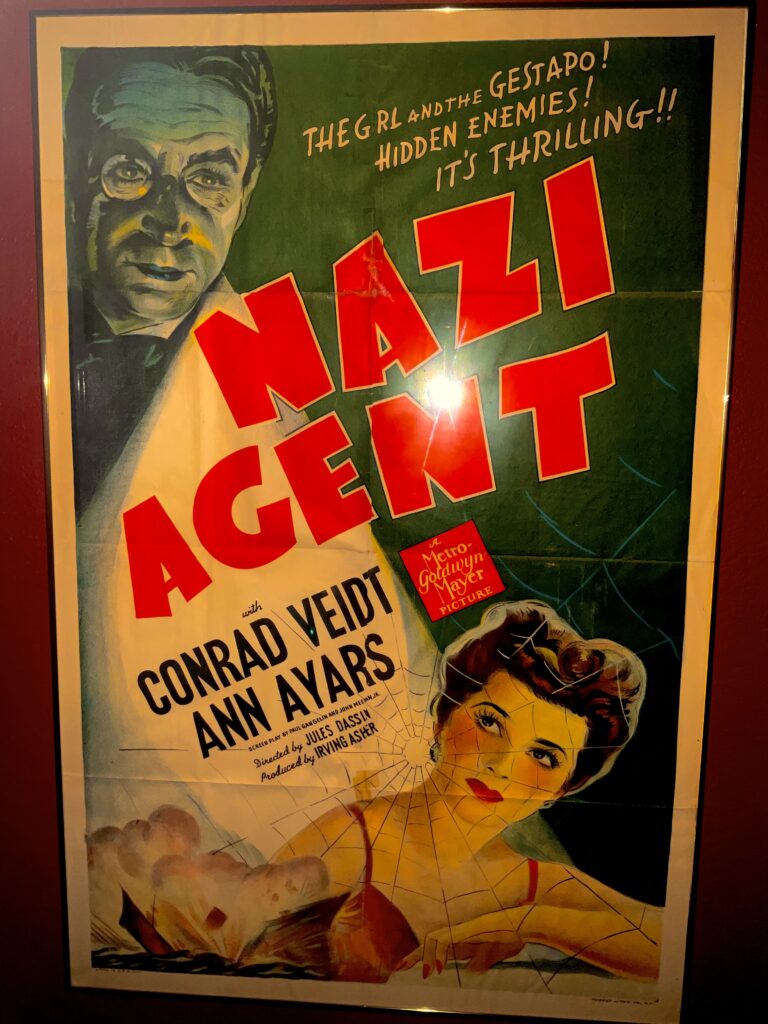
3. **Jules Dassin: An Exile’s Artistic Resilience**Jules Dassin, a highly regarded director known for his impactful film noir contributions, found himself caught in the widening net of the Hollywood Blacklist not as a member of the ‘Hollywood Ten,’ but as a consequence of others’ testimonies. In spring 1951, he was explicitly named by Edward Dmytryk and fellow filmmaker Frank Tuttle at HUAC hearings, an act that irrevocably severed his ties with the American film industry.
Having briefly been a Communist before dropping out of the Party in 1939, Dassin’s past association, combined with being named, led to his immediate blacklisting. The consequence was stark: he was effectively banned from employment in Hollywood. Faced with a career cut short in his home country, Dassin made the difficult decision to depart the United States, becoming one of the most prominent ‘Hollywood exiles’ of the era.
His relocation to France marked a new chapter, demonstrating an extraordinary artistic resilience. Dassin continued his directorial work abroad, achieving significant international success. His French-made film ‘Rififi,’ for instance, opened in New York in 1956 and enjoyed a remarkable 20-week run, serving as an early and pivotal example of a blacklisted artist successfully defying the ban’s reach and finding acclaim far from Hollywood’s restrictive shores.
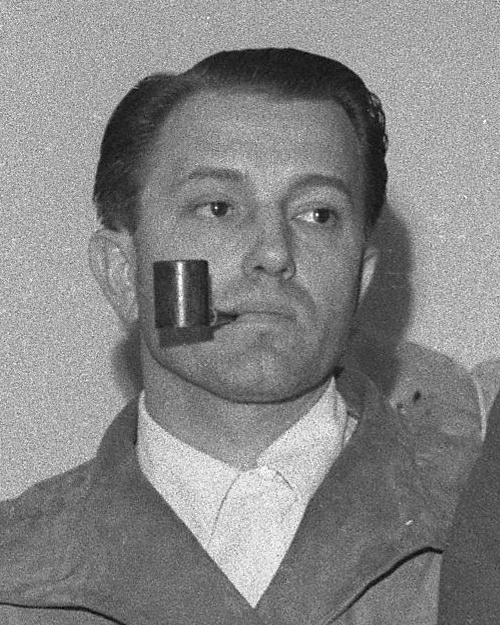
4. **Alvah Bessie: A Voice Silenced, A Story Unfolding**Alvah Bessie, a gifted screenwriter and a member of the ‘Hollywood Ten,’ represented another crucial figure in the unfolding drama of the Hollywood Blacklist. He was among the “ten left-wing screenwriters and directors” subpoenaed by the HUAC in September 1947 to testify about their Communist affiliations. His refusal to answer questions, grounded in First Amendment principles, led to his citation for contempt of Congress.
Like his fellow blacklistees, Bessie faced the immediate and severe consequence of being suspended without pay by the film industry, effectively terminating his employment in Hollywood. The contempt citation escalated into a criminal charge, resulting in a highly publicized trial and conviction. This led to a jail sentence and a substantial fine, punishing him for his principled stand against what he perceived as an unconstitutional investigation.
For Bessie, the blacklist meant an abrupt cessation of his screenwriting career in the major studios, leaving his artistic voice largely silenced within mainstream American cinema for many years. His story encapsulates the immense personal and professional sacrifices made by those who chose not to cooperate with the committee, illustrating the profound and often long-lasting impact of this unprecedented era of ideological scrutiny.
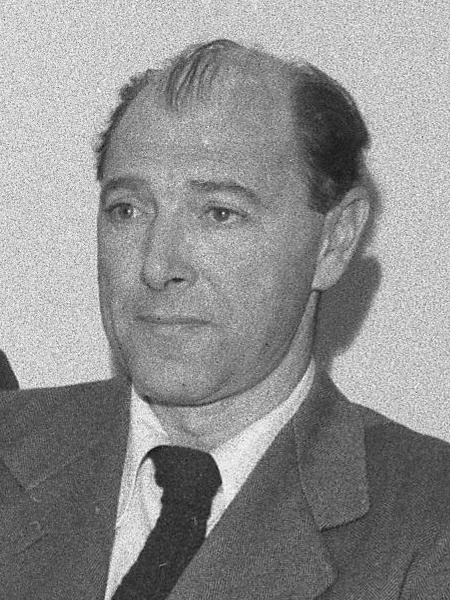
5. **Lester Cole: The Screenwriter-Director’s Stand**Lester Cole, another key member of the ‘Hollywood Ten,’ was a distinguished screenwriter and a vital part of the group of “left-wing screenwriters and directors” targeted by the HUAC. His summons to testify in late September 1947, and his subsequent refusal to engage with the committee’s questions, placed him directly in the path of the emerging blacklist and its severe repercussions.
As a direct consequence of his defiance, Cole was among those immediately suspended without pay by studio executives, a decision formalized in the Waldorf Statement. This action cut him off from his livelihood and placed him squarely on the list of individuals deemed ‘unemployable’ in Hollywood. He, too, faced contempt of Congress charges, a criminal conviction, and ultimately, a period of incarceration.
Cole’s experience vividly illustrates how deeply the blacklist penetrated the creative community, impacting individuals whose primary roles involved crafting the stories and narratives of American cinema. The insertion of lines from a “pro-Loyalist speech by La Pasionaria” into a football coach’s pep talk, attributed to Lester Cole by a witness to the HUAC, offers a glimpse into the subtle ideological nuances that became grounds for suspicion and blacklisting, highlighting the McCarthy-era’s chilling scrutiny of content and creators.
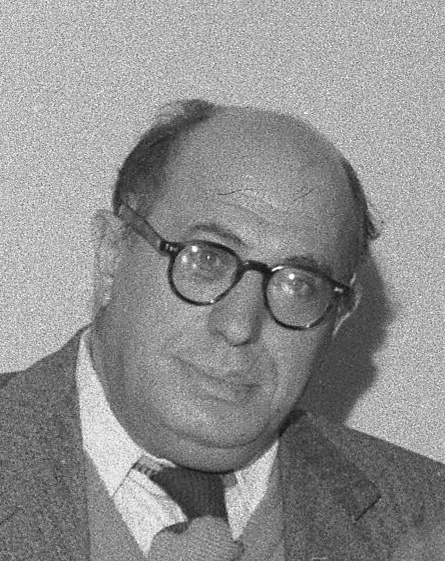
6. **Ring Lardner Jr.: A Legacy Undimmed by Blacklist**Ring Lardner Jr., a celebrated screenwriter and another prominent member of the ‘Hollywood Ten,’ faced the same daunting challenge as his peers when subpoenaed by the HUAC in September 1947. As part of the collective group identified as “left-wing screenwriters and directors,” his refusal to cooperate with the committee’s demands for information about his Communist affiliations led to his being cited for contempt of Congress.
Lardner Jr.’s principled stance resulted in his immediate suspension without pay by the film industry, effectively ending his career in mainstream Hollywood for many years. He, along with the other members of the Hollywood Ten, endured a highly publicized trial and conviction, followed by a period of imprisonment. His story is a poignant example of the professional ruin that awaited those who prioritized constitutional rights over self-preservation in the face of immense governmental and industry pressure.
During the period of the blacklist’s strictest enforcement, Lardner Jr., like many others, found it nearly impossible to obtain work under his own name. This era compelled blacklisted writers to work surreptitiously, often using pseudonyms or employing ‘fronts’—friends who would take credit for their work. Despite these formidable obstacles, his commitment to his craft and his eventual return to prominence after the blacklist’s weakening underscore the enduring talent and resilience of those who navigated this challenging period of American history.
### Section 2: Enduring Spirit and the Cracks in the Wall
As the initial shockwaves of the Hollywood Blacklist reverberated through the industry, shaping careers and lives, many talented individuals faced excruciating choices. While some were forced into cooperation or exile, others held firm, finding ingenious ways to continue their craft or, against all odds, directly challenged the very foundations of the ban. This section delves into the diverse responses of six more celebrated figures, revealing the profound personal costs, the incredible resilience of the human spirit, and the gradual, hard-won cracks that began to appear in Hollywood’s formidable wall of censorship.

7. **Dalton Trumbo: The Pen That Broke the Silence**Dalton Trumbo, a name that echoes through the annals of Hollywood history, was perhaps the most prominent of the “Hollywood Ten” and a steadfast member of the Communist Party USA from 1943 to 1948. His refusal to testify before the House Un-American Activities Committee (HUAC) in 1947, citing his First Amendment rights, led directly to a contempt of Congress citation and a year-long prison sentence. For a screenwriter whose talent was undeniable, this seemingly spelled the end of his illustrious career in mainstream cinema.
However, Trumbo’s artistic spirit proved unyielding. Even while blacklisted, he continued to write prolifically, often under pseudonyms like “Robert Rich” or by using “fronts”—friends and colleagues who would take credit for his work. This shadowy existence allowed his genius to persist, creating acclaimed screenplays for films such as “Roman Holiday” (though uncredited to him at the time) and “The Brave One,” for which “Robert Rich” famously won an Academy Award in 1957, prompting widespread speculation about the true identity of the writer.
The dam finally broke in 1960, a year widely recognized as marking the blacklist’s weakening. Director Otto Preminger made the audacious public announcement that Trumbo would receive full screen credit for his epic film, “Exodus.” Just months later, in a move that solidified Trumbo’s triumphant return, the legendary actor Kirk Douglas publicly declared that Trumbo had penned the screenplay for “Spartacus,” one of the era’s biggest blockbusters.
These courageous decisions by Preminger and Douglas were not just symbolic gestures; they were seismic shifts that effectively shattered the wall of silence and fear that had gripped Hollywood for over a decade. Trumbo’s re-emergence from the shadows, with his name once again gracing the silver screen, became a powerful testament to artistic integrity and the ultimate futility of ideological censorship in the face of enduring talent. His story remains a poignant reminder of the power of a pen, even when wielded in secrecy, to ultimately overcome suppression.

8. **John Howard Lawson: The Unyielding Voice of Defiance**John Howard Lawson stands as a towering figure among the “Hollywood Ten,” not only as a distinguished screenwriter but also as a passionate and articulate leader of the group. From the moment he was subpoenaed by HUAC in September 1947, Lawson’s stance was one of unyielding defiance, rooted in a deep conviction that the committee’s investigation constituted an unconstitutional infringement on fundamental American liberties. His direct confrontation with the committee chairman would become an iconic moment in the blacklist’s early history.
When called to testify, Lawson famously refused to answer questions about his political affiliations, citing First Amendment rights. He unequivocally declared, “I am not on trial here, Mr. Chairman. This committee is on trial here before the American people. Let us get that straight.” This bold assertion, far from appeasing the committee, only solidified their resolve to punish him and his nine colleagues for contempt of Congress. His principled stand encapsulated the moral battle fought by many against what they viewed as governmental overreach and ideological bullying.
The consequences for Lawson were swift and severe. He faced criminal charges, a highly publicized trial, and a conviction for contempt of Congress, leading to a jail sentence alongside his fellow blacklistees. For years, he found himself entirely barred from working in the American film industry, his powerful voice as a screenwriter effectively silenced by the studios. Unlike Edward Dmytryk, who cooperated, Lawson maintained his silence and artistic integrity, paying a steep personal and professional price.
Lawson’s unwavering commitment to his principles, even in the face of profound adversity, cemented his legacy as a symbol of resistance against the blacklist. His story underscores the immense personal cost of such integrity, yet it also highlights the enduring human need to stand for what is believed to be right, regardless of the repercussions. His defiance served as an inspiration for many, even as it ensured his exclusion from mainstream Hollywood for decades.
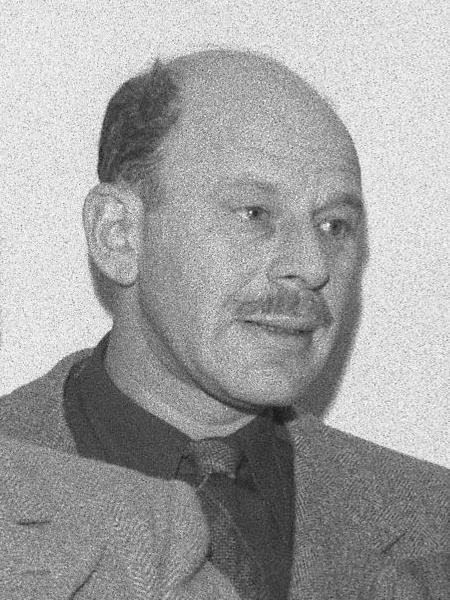
9. **Albert Maltz: The Uncredited Master Craftsman**Albert Maltz, a highly respected screenwriter and another member of the infamous “Hollywood Ten,” also bore the brunt of the blacklist’s draconian measures. Like his colleagues, Maltz was subpoenaed by HUAC in 1947 and, adhering to his belief in constitutional rights, refused to answer questions regarding his political affiliations. This principled stand inevitably led to his citation for contempt of Congress, a criminal conviction, and a period of incarceration.
The fallout from Maltz’s blacklisting extended far beyond his initial imprisonment. Even after the immediate legal battles subsided, his name remained effectively erased from Hollywood’s roster. The studios, under immense pressure from various anti-Communist groups and internal policies, strictly enforced the ban, ensuring that any work by blacklisted individuals, even if written years prior, would not receive proper credit. This applied even to projects he had initiated well before the anti-Communist fervor reached its peak.
A striking example of this erasure is the epic biblical drama “The Robe,” released in 1953. Albert Maltz had originally penned the screenplay for this monumental production in the mid-1940s, laying the groundwork for what would become a cinematic milestone. However, when the film finally hit theaters, his name was nowhere to be seen in the credits, a stark testament to the pervasive power of the blacklist and the industry’s decision to omit any association with a “proven” Communist.
This systematic denial of credit, even for work completed long before the political witch hunt intensified, vividly illustrates the deep and lasting impact of the blacklist. It wasn’t just about preventing future employment; it was about retroactively erasing an artist’s contribution, denying them recognition, royalties, and professional legacy. Maltz’s experience highlights the absurdity and injustice of a system that would strip a master craftsman of his well-earned accolades due to ideological fear.
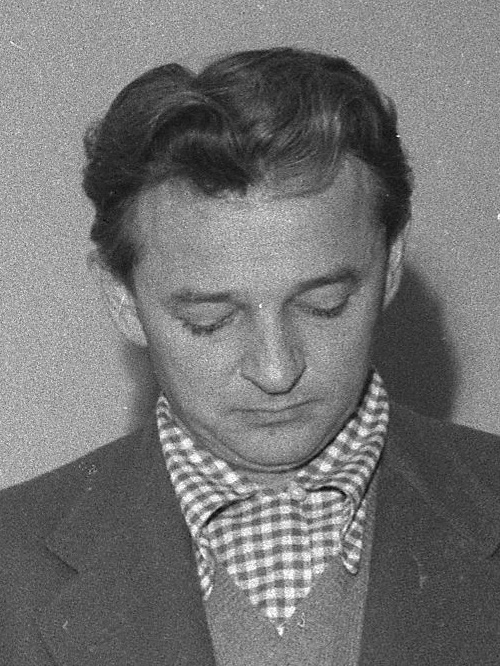
10. **Adrian Scott: The Producer Silenced by Betrayal**Adrian Scott, a highly regarded producer who had helmed several successful films, including Edward Dmytryk’s acclaimed noirs “Murder, My Sweet” and “Crossfire,” found his career irrevocably shattered not as a direct member of the “Hollywood Ten,” but as a tragic casualty of another’s cooperation. His story is a poignant illustration of the profound personal costs that extended beyond those who initially defied HUAC, revealing the painful ripple effects of the blacklist through relationships and trust.
In a dramatic turn of events in September 1950, Edward Dmytryk, after serving time in jail as one of the Hollywood Ten, chose to cooperate with HUAC. In his 1951 appearance before the committee, Dmytryk provided evidence against others, explicitly naming Adrian Scott as a Communist. This act of “naming names” by a former friend and colleague had immediate and devastating repercussions for Scott, who was effectively blacklisted overnight and deemed unemployable in Hollywood.
The severity of Scott’s blacklisting was extreme and enduring. While some blacklisted writers found ways to work covertly, often using pseudonyms, a producer’s role was far more difficult to conceal. The context notes that Adrian Scott’s next screen credit did not come until 1972—a staggering twenty-one years after he was named—and he never produced another feature film. This extended professional wilderness speaks volumes about the blacklist’s uncompromising grip on careers.
Scott’s experience underscores the insidious nature of the blacklist, where not only one’s own political associations, but also the testimony of others, could seal a professional fate. His inability to resume a producing career for decades, combined with the personal betrayal by a close collaborator, paints a grim picture of the profound human cost of this era. It serves as a stark reminder of how deeply the fear and suspicion of the McCarthy era fractured the entertainment community.

11. **Carl Foreman: The Exile’s Allegory of Betrayal**Carl Foreman, a brilliant screenwriter known for his sharp dialogue and compelling narratives, was another casualty of the HUAC investigations who ultimately chose exile over cooperation. His story, much like Jules Dassin’s, exemplifies the plight of talented individuals forced to leave their homeland to continue practicing their craft, but with a unique twist: Foreman channeled his personal trauma directly into his art, creating one of Hollywood’s most enduring allegories of the blacklist.
Foreman had refused to testify before the committee, a decision that led to his blacklisting and made him persona non grata in Hollywood. However, before his departure, he wrote the screenplay for the iconic Western “High Noon” (1952). The film, starring “friendly witness” Gary Cooper, is widely interpreted as a powerful metaphor for the blacklist itself: a town marshal is deserted by the “good citizens of Hadleyville” (read: Hollywood) when a gang of outlaws (read: HUAC) returns to terrorize the town.
Despite the film’s immense critical acclaim and four Academy Awards, including Best Actor for Cooper, Foreman’s blacklisting meant he could not fully enjoy its success or easily continue his career in the United States. He was among those who found themselves compelled to seek work abroad, making the difficult decision to leave America for Europe, much like many other blacklisted artists. This move, however, allowed him to continue his significant contributions to cinema, albeit from a distance.
Foreman’s “High Noon” thus stands as a poignant act of artistic integrity and subtle resistance. It allowed him to comment on the very forces that banished him, embedding his experience into a narrative that resonated deeply with the era’s anxieties. His exile was not merely a retreat; it was a continuation of his creative output, contributing to the internationalization of blacklisted talent and demonstrating that the spirit of free expression could not be entirely contained by political borders.

12. **John Henry Faulk: The Legal Battle That Challenged the System**While many blacklisted artists suffered in silence or sought covert ways to continue working, John Henry Faulk, a charismatic radio host and ardent union activist, chose a different, far riskier path: he fought back through the courts. His courageous legal battle against the private organizations that enforced the blacklist became a pivotal moment in chipping away at the system’s power, offering a glimmer of hope that the tide could eventually turn.
Faulk’s troubles began when he was scrutinized by AWARE, Inc., a notorious private firm dedicated to identifying individuals with alleged “disloyalty” or Communist sympathies within the entertainment industry. When AWARE labeled him as unfit, the consequences were immediate and severe: he was fired from his popular afternoon comedy show on CBS Radio. This incident vividly demonstrated how non-governmental organizations, with their seemingly unofficial yet incredibly potent influence, played a crucial role in expanding and enforcing the blacklist.
Almost alone among the blacklist’s victims, Faulk decided to challenge his accusers. In 1957, he initiated a lawsuit against AWARE, Inc., and its founders, a bold and unprecedented move at a time when confronting such powerful anti-Communist entities seemed almost suicidal. His legal battle, which dragged through the courts for years, was fraught with personal and financial hardship, but it was a powerful symbol of building resistance against the status quo and the pervasive fear that had stifled dissent.
Faulk’s tenacity ultimately paid off. Although his case was a lengthy and arduous process, his eventual victory in 1962—winning a substantial libel judgment—sent shockwaves through the industry. It not only vindicated him but also dealt a significant blow to the credibility and operational methods of the private blacklisting organizations. His hard-won fight created vital “cracks” in the formidable wall of ideological control, demonstrating that direct legal action could indeed yield results and contribute to the blacklist’s eventual weakening. His triumph was a beacon for others, signaling that the era of unchallenged accusations might finally be drawing to a close.
***
The Hollywood Blacklist remains one of the darkest chapters in American cultural history, a stark reminder of how fear and political paranoia can stifle creativity and ruin lives. The stories of these twelve directors and screenwriters, each marked by defiance, exile, perseverance, or direct challenge, are more than just historical anecdotes. They are vivid lessons in the profound importance of artistic freedom, the enduring power of principle, and the incredible resilience of individuals against overwhelming systemic pressure. Their battles, fought in the shadows and sometimes in the courts, ultimately contributed to the weakening of an unjust system, leaving a legacy that compels us to remember the cost of conformity and the priceless value of an uncompromised voice.


